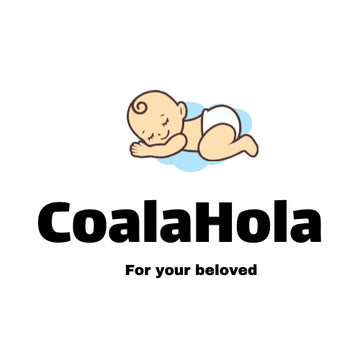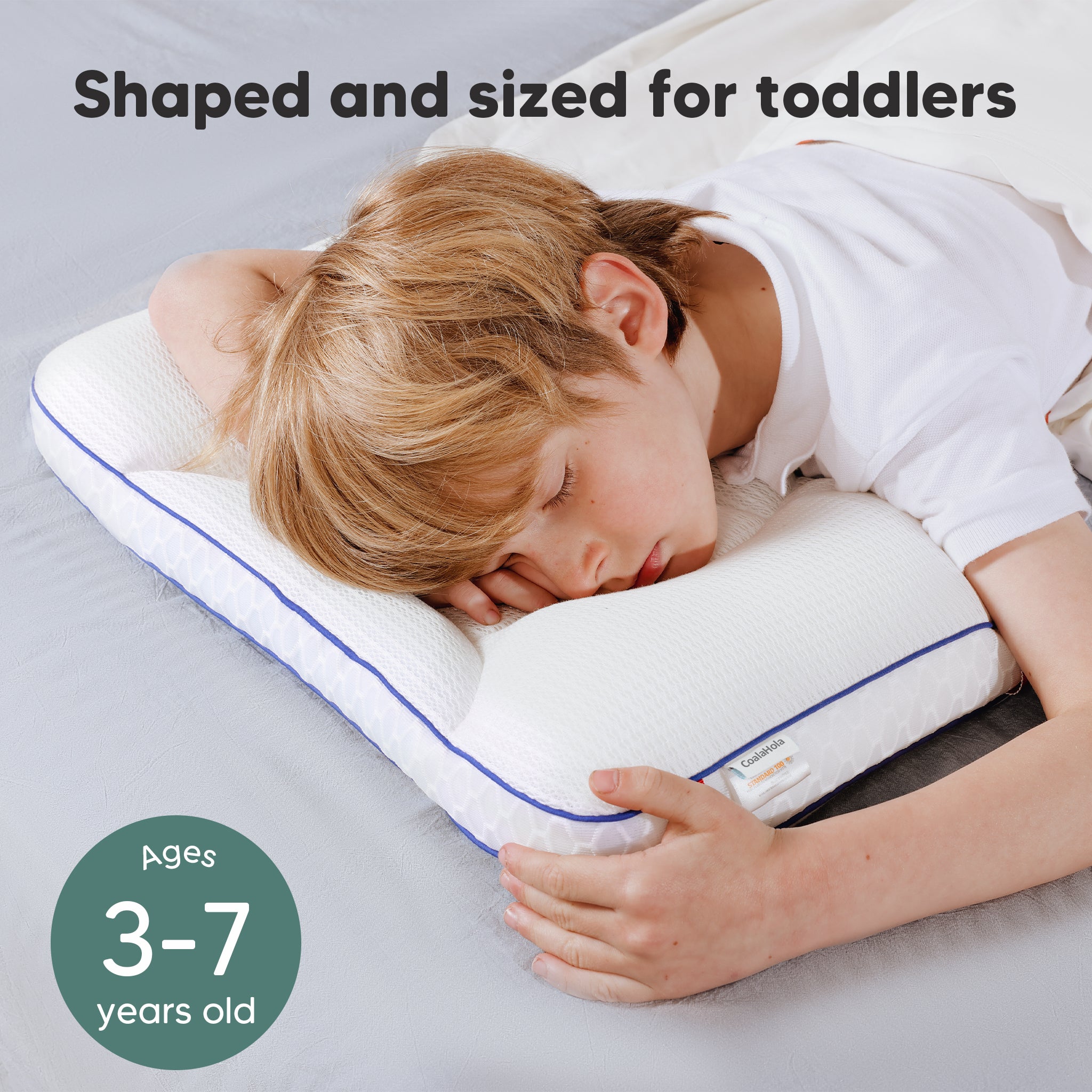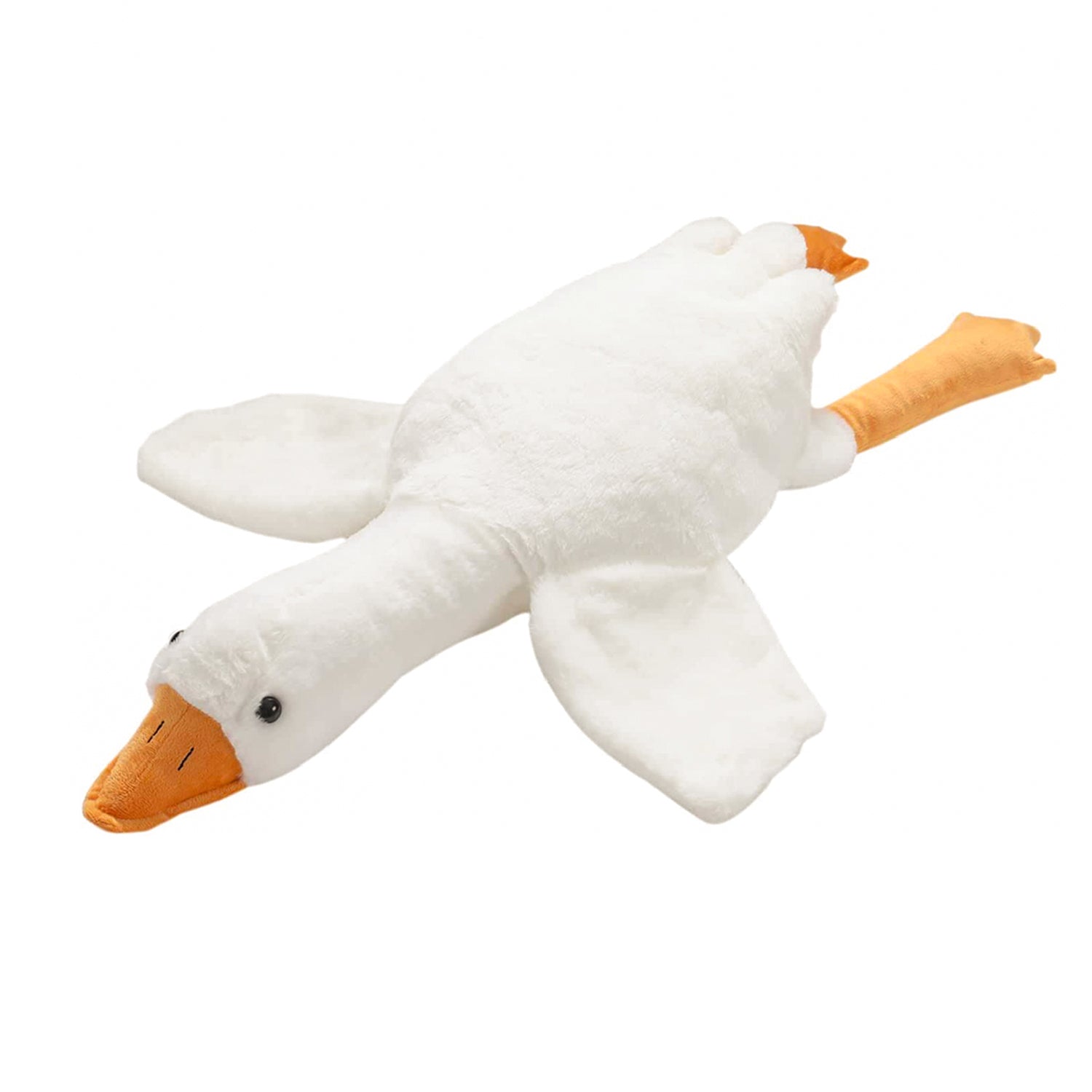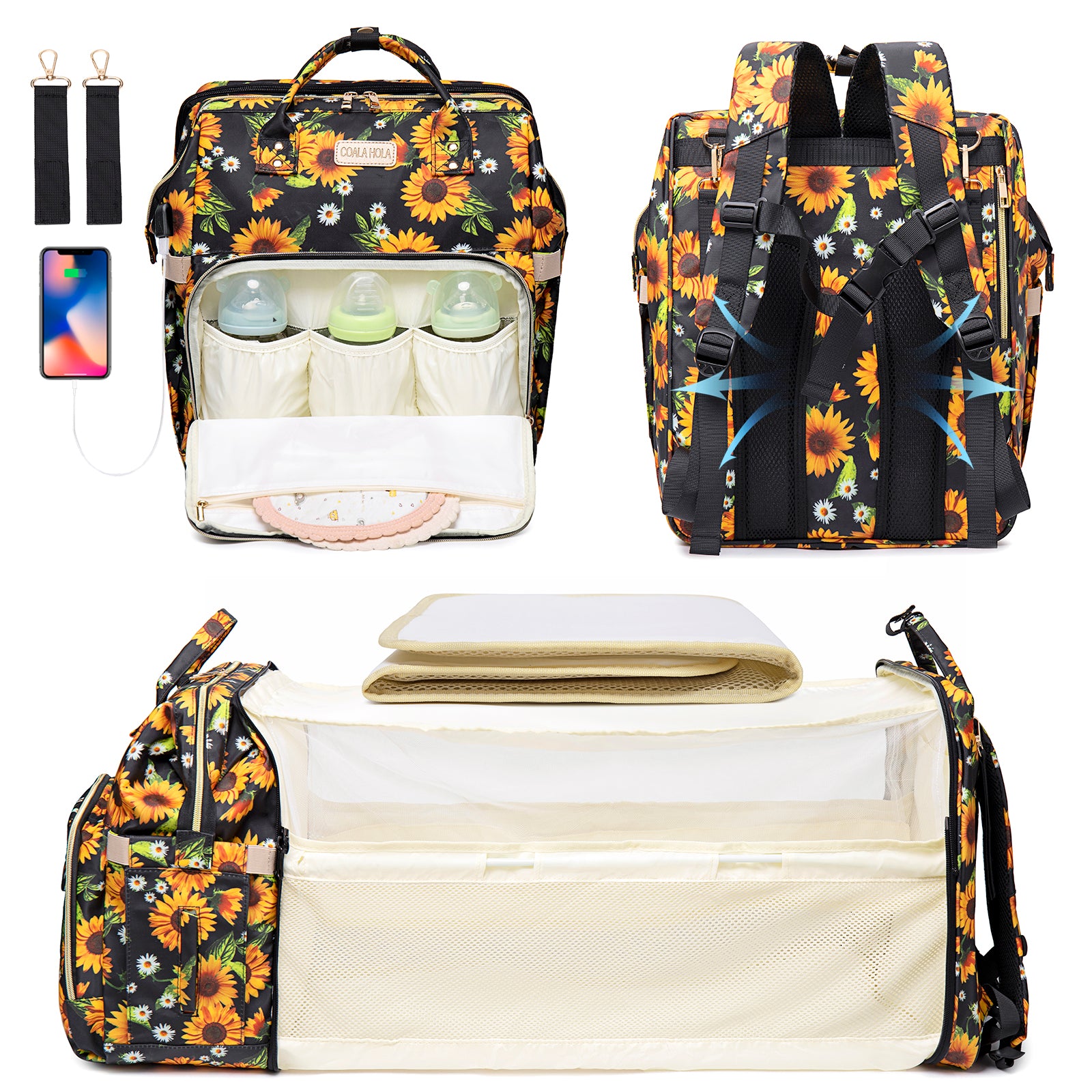Co-sleeping is a parenting technique that has generated a lot of debate and thought among parents. The choice to share a bed with their child is a personal one for new parents as they learn about bedtime rituals and nocturnal parenting, making it such a stimulating subject.
It can entail having a co-sleeping bed linked to the parent's bed or using the same bed. This arrangement promotes a strong sense of connection between parent and kid and makes it easier to feed and calm a child at night.
Despite how some specialists advise against co-sleeping because of safety issues, others contend that it may incur advantages for both the infant and the parents when done properly. Co-sleeping advocates say it fosters a strong relationship, increases breastfeeding, and boosts both parent and child sleep.
It’s crucial for parents to fully understand the implications of co-sleeping before making a decision. This involves creating a safe sleeping space, following guidelines, and being knowledgeable about the pros and cons of sharing a bed.
Therefore, this comprehensive manual will explore the realm of sharing sleep with your baby, offering valuable information, suggestions, and specifics to assist you in making informed choices regarding sleep patterns.
Is Co-Sleeping With Newborns Risky?
Co-sleeping, often known as bed-sharing, is the act of sleeping next to your infant. It advocates stressing the advantages of stronger bonds, easier nursing, and better sleep for both parent and child.
On the flip side, one of the primary apprehensions linked to co-sleeping is the potential risk of unintentional harm or suffocation to the infant. Suffocation hazards can emerge from the presence of oversized pillows and thick covers, as well as the likelihood of the baby becoming wedged between the mattress and the bed frame.
In turn, one should prioritize using a firm mattress, ensuring the absence of pillows and blankets in the sleeping area, and taking precautions to prevent the child from rolling off the bed or getting wedged against a wall.
We try to prevent overheating by not using thick blankets or sharing a dainty bed with an adult. Additionally, it is possible to push or roll the baby over; ultimately, co-sleeping might generate a reliance on sleeping with a parent when it comes to developing habits, which could make it challenging for the infant to transition to independent sleeping in the future.
All accounted for, when deciding whether to co-sleep, considerations including cultural customs, individual beliefs, and personal circumstances should be taken into account. Co-sleeping with newborns is possible with safety practice and observation.
Of all, there is no need for you as a parent to overthink co-sleeping with your baby as every parent has already slept beside their babies, and have been fine with the results. Just remember to follow a handful of safety guidelines in this blog to accentuate safety and solidify the foundation of you and your little one’s bond.
Is it Safe to Co-Sleep With Your Baby?
The direct response would be yes, it is safe, but safety measures must still be implemented so as not to compromise safety and, of all, to optimize peaceful co-sleeping with the baby as a parent.
Co-sleeping can facilitate breastfeeding, promoting better bonding and easier nighttime nursing. By having your baby nearby, you can respond to their cues quickly, leading to improved milk production and a stronger breastfeeding relationship.
Co-sleeping can make breastfeeding easier at night and encourage a stronger connection. Being close to your baby allows you to react more rapidly to their cues, which improves milk production and builds a stronger nursing bond. Additionally, think about employing a co-sleeping bed attachment, which offers your kid a distinct sleeping area within reach.
These carefully created sidecar cribs and bassinets provide a secure compromise by allowing you to stay close by while retaining private resting areas. Co-sleeping may help some parents feel less anxious and sleep better. It might seem safer to have your infant nearby, which makes calming and nursing at midnight simpler.
However, it's crucial to strike a balance between the advantages and security measures. As well, parental smoking, drinking or drug use, fatigue, and the presence of other children in the bed are some variables that raise the chance of co-sleeping.
It offers the advantages of closeness while lowering the dangers of suffocation and unintentional harm. It's critical to evaluate your scenario and make a decision based on safety regulations.
When all is said and done, talk co-sleeping over with your spouse and your healthcare physician to make sure you are fully aware of the advantages and disadvantages. To resolve any worries, seek expert help; you'll get specialized counsel based on the needs of your family should such a need arise.
All accounted for, you may successfully traverse the co-sleeping journey and take advantage of proximity and increased bonding with your baby by setting up a secure sleeping environment and keeping open contact with healthcare providers.
How to Safely Co-Sleep With Your Baby?
Here are some reminders to assist you and your baby co-sleep safely:
Adhere to the Safe Sleeping Position
When co-sleeping, stay away from putting your baby on their stomach or side as these postures raise the possibility that they will suffocate. While it could be appealing to hold your infant close to your chest, it's crucial to put their safety first by making sure they have their own sleeping area in your bed.
Additionally, make sure there are no openings or areas where your kid may become stuck between the mattress and the bed frame.
Improve Your Sleep Area
Ensure that your bed has enough room for you and your infant to sleep soundly. Take away any extra pillows, thick blankets, or other suffocation risks. To provide a secure resting surface, think about selecting a firm mattress and fitted sheet. Look for a co-sleeping bed that encourages comfort and safety via ergonomic design.
It ought to provide a stable but supporting surface to stop your infant from rolling or sinking into potentially hazardous situations. Raised sides or a safety barrier should be present on the bed as well to avoid unintentional rolling off the bed.
Use a Bassinet or Bedside Crib for Co-Sleeping
When sleeping with your baby, make sure that you pay full attention prior to the slumber.
Your infant has a designated sleeping area thanks to the crib or bassinet, which draws a distinct line between their resting area and yours. This lessens the likelihood that adult pillows or blankets may disturb your baby as they sleep and helps minimize unintentional rolling or overlay.
Ultimately, when your baby is ready to go to their own crib or bed, you can use a co-sleeping bedside crib or bassinet. Your infant may transition to independent sleep with your aid while still feeling secure, adjusting the proximity and distance between your bed and the crib.
Infant Lounger
The ergonomic contour of the Infant Lounger is intended to resemble the comfortable womb environment. Your infant may relax safely and comfortably in it, which fosters comfort and familiarity. The Infant Lounger provides the best ventilation and temperature control thanks to its premium materials and breathable fabric.
With this on hand, parents who co-sleep can use it because of its hassle-free maintenance and easy-to-clean feature.
The natural hypoallergenic qualities of Tencel provide security for sensitive skin, protecting your little one against irritations. Ultimately, Tencel is made from wood pulp that is obtained responsibly, giving it a green option for environmentally conscious parents without compromising quality.
Of all, the smart decision is to embrace the benefits of 3D air mesh material for your treasured bed for a genuinely comfortable night's sleep. Its ingenious hollow design makes it easier for cool air to flow through, far beyond the breathability of regular cotton or other textiles, to limit hazards and risks while assuring the most peaceful sleep possible.
Portable Baby Nest Bed
Your baby may sleep in a comfortable, unconstrained atmosphere similar to a cocoon with the Portable Baby Nest Bed. It is made of memory foam and soft cotton fabric, offering a cozy and permeable surface for sound sleep. This bed was developed in conjunction with French physicians and has moveable and adjustable legs to allow your baby's growth.
Additionally, its integrated headrest aids in preventing flat head syndrome, and its level surface makes it appropriate for Moses baskets and cribs, not to mention the 30-degree water wash function, which guarantees simple cleaning.
Everything accounted for, sleeping with your baby may be a lovely approach to promote closeness and connection; nevertheless, safety should always come first. Keep in mind to follow safe sleeping postures, and make sure your sleeping space is clear of any suffocation hazards.
Using a co-sleeping bedside cot or bassinet gives your infant a secure and private resting area while keeping them close by. For families that co-sleep, these products—such as the Infant Lounger and Portable Baby Nest Bed—offer more comfort and convenience.
The Portable Baby Nest Bed gives a warm cocoon for good sleep, while the Infant Lounger delivers a womb-like atmosphere with great ventilation.
Opting for 3D air mesh material for mattresses constitutes a decision that is supported by science and study. Compared to normal cotton or other textiles, this material's unrestricted airflow is made possible by its distinctive hollow structure, which optimizes breathability while limiting risks.
It’s crucial to note how studies have shown that improved air circulation during sleep reduces the risk of discomfort and other health problems linked to inadequate ventilation — on top of helping regulate temperature and moisture.
Everything accounted for, sleeping with your baby may be a lovely approach to promote closeness and connection; nevertheless, safety should always come first. Keep in mind to follow safe sleeping postures, and make sure your sleeping space is clear of any suffocation hazards.
Using a co-sleeping bedside cot or bassinet gives your infant a secure and private resting area while keeping them close by. For families that co-sleep, these products — such as the Infant Lounger and Portable Baby Nest Bed — offer more comfort and convenience.
Note that this brilliant crib is designed with Tencel, a natural and breathable material, to guarantee your child can sleep well. Tencel's delicate touch gives your infant a snug cocoon that serves as a haven for rest. The Nest Bed Baby's breathable design also aids in temperature regulation, keeping your baby cool and cozy as they sleep.
Indeed, you can relax knowing that your infant is sleeping soundly in a cot that promotes comfort and airflow for a healthy sleep. Of all, the Portable Baby Nest Bed gives a warm cocoon for good sleep, while the Infant Lounger delivers a womb-like atmosphere with great ventilation.
Conclusion
Wrapping that up, it may be a fantastic approach to promote closeness and connection to co-sleep with your infant. To guarantee your child a safe resting environment, it is crucial to put safety first. It's important to follow safe sleeping practices and designate a better sleeping space with a firm mattress and fewer suffocation hazards.
By using a bassinet or bedside crib, you may provide your infant with a dedicated resting space while keeping them nearby. The advantages of co-sleeping are provided by these carefully created sleepers, while possible hazards are reduced. Additionally, the Infant Lounger offers a secure and pleasant resting zone that mimics the womb environment.
The Infant Lounger from CoalaHola provides a safe refuge for your child and is made up of cutting-edge 3D air mesh technology. The cleverly created hollow construction offers ideal ventilation, encouraging a relaxing and risk-free nap.
In contrast, Nest Bed for Baby offers a cocoon-like haven and is made of the same ground-breaking 3D air mesh technology. Both items put breathability, temperature control, and safety first, enhancing your baby's slumber to previously unheard-of comfort and serenity.
The Memory Foam and Soft Cotton Portable Baby Nest Bed provides a comfortable and permeable surface for restful sleep. Both items offer co-sleeping families greater ease and were created with the highest care. Co-sleeping is ultimately a personal decision impacted by a variety of variables.
Carrying out a sound decision that matches your family's needs and values requires weighing the advantages and potential hazards. It is possible to establish a supportive and secure co-sleeping environment that strengthens the link between you and your baby by putting safety first and using the right items.










